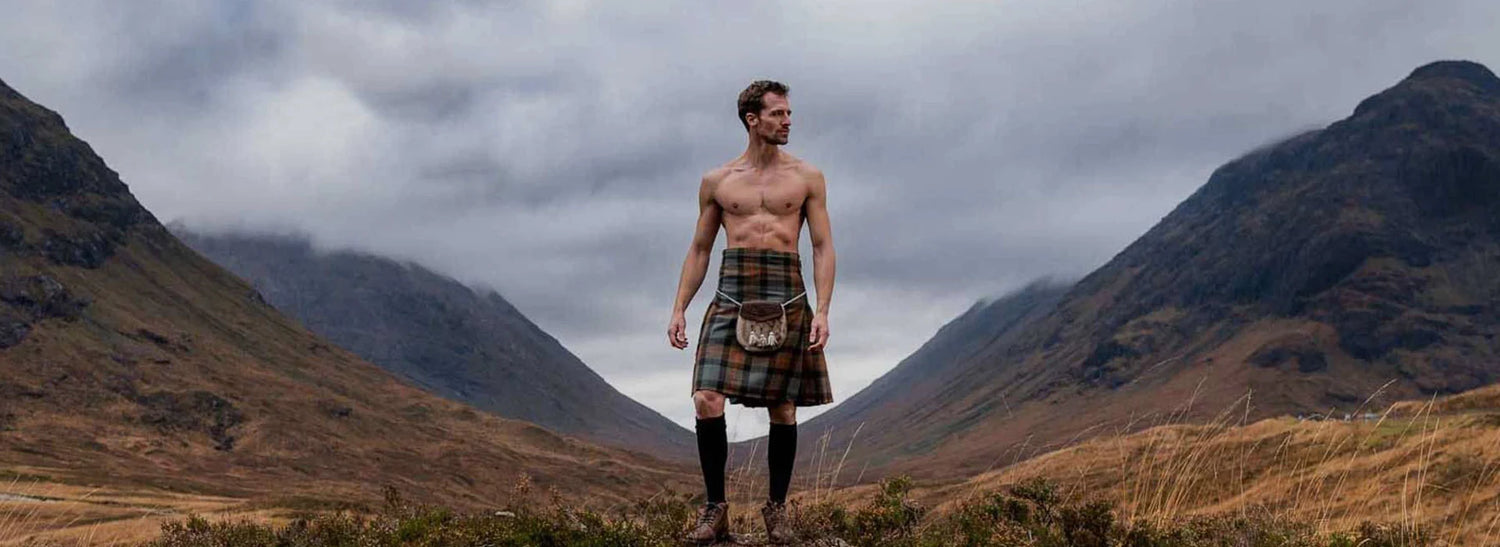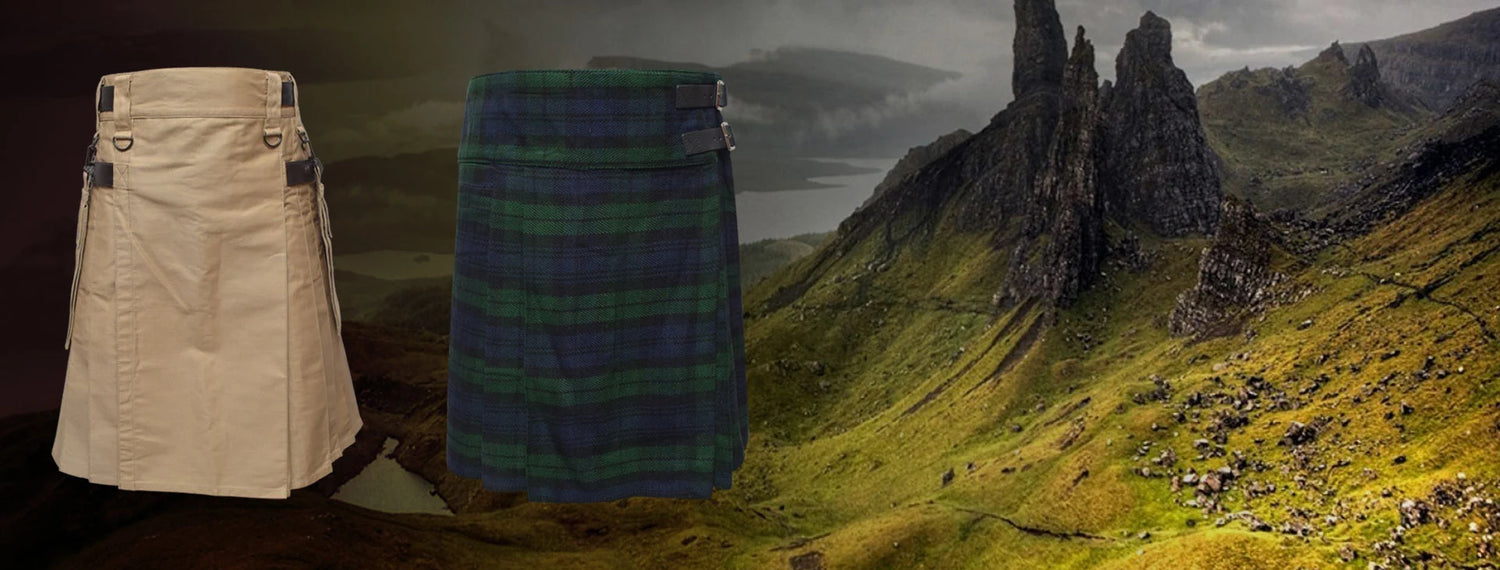Tartan Heritage Where Tradition Meets Style and Community.
Tradition Meets Contemporary Elegance at Tartan Heritage
Tartan Heritage established in 1998 in Glasgow, Scotland. We offer Quality products with affordable pricing! Wholesale prices to retailers and distributors available upon request. Tartan Heritage is your one stop shop for all Highland wear and accessories.
We have up to 10 tailors, and 25 stitching tailors, while we are hiring more skilled woman tailors, to increase our workforce and production.
ELEVATE YOUR LOOK TODAY! UNLEASH CREATIVITY WITH EVERY STITCH!
New Arrivals
Top Rated Products
Bringing History to Life

Evolution of Highland Wear
Early Origins:
- Before 16th Century: Early Scots wore clothing made from wool and leather to adapt to the rugged terrain and climate. Tartan patterns began to emerge as a distinctive feature of Scottish attire.
Clan Identity and Evolution:
- 16th-17th Century: Tartan patterns became associated with specific clans, acting as visual identifiers. Different clans developed their own patterns, colors, and designs, reinforcing their distinct identities.
Jacobite Period and Suppression:
- 18th Century: The Jacobite uprisings (1688-1746) linked Highland dress to political affiliations. After the Battle of Culloden in 1746, the British government aimed to suppress Highland culture, including the wearing of tartan.
Romantic Revival and Popularization:
- Early 19th Century: The Highland Romantic Movement, influenced by writers like Sir Walter Scott, contributed to a renewed interest in Scottish culture. King George IV's visit to Scotland in 1822 further popularized Highland attire, including tartan.
Queen Victoria's Influence:
- 19th Century: Queen Victoria's fondness for the Highlands and her adoption of tartan attire during her visits to Scotland boosted its popularity. This helped elevate Highland wear to a fashionable and iconic status.
Modernization and Standardization:
- Late 19th Century: Highland wear began to take on a more standardized form. The modern kilt, sporran, jacket, and hose became established components of the ensemble.
Contemporary Highland Wear:
- 20th Century and Beyond: Highland wear is now worn for various occasions, from formal events to casual gatherings. It remains an important symbol of Scottish heritage and identity. Variations exist for women and for military and ceremonial purposes.
More to Discover
Our bundles were designed to conveniently package your tanningessentials while saving your money
Subscribe to our newsletter
- Choosing a selection results in a full page refresh.



















